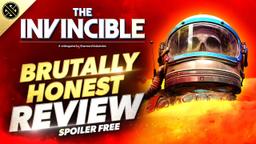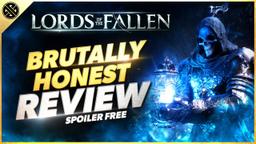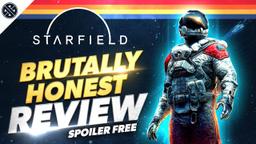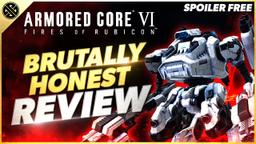Aliens: Dark Descent
Written by - Codiak
Updated: August 24, 2023
|
Posted: June 19, 2023

Thanks to our partners over at Focus Entertainment for providing us a review copy of the game, and shout out to my man Nicholas for always giving Legacy Gaming a chance to play these new games, early.
Let’s just cut to the chase, Aliens Dark Descent may be one of the most enjoyable Aliens games of the last few years, and that’s saying something considering how much we loved Aliens: Fireteam Elite here on the channel. I’ll be straight with you guys, this game wasn’t really on my radar, and I wasn’t too fired up about playing it early, but after about 3 hours with the game I was absolutely hooked.
Aliens: Dark Descent is coined as a single player squad-based action game set in the iconic Aliens universe and if that’s the only thing you knew about the game before now, I wouldn’t blame you because the hype hasn’t really been there to support the launch. You may see some of the footage and immediately think of XCOM, and you’d be right, to an extent. But where Aliens: Dark Descent really captured my attention is with its real-time combat and the ability to slow down or pause time to analyze, plan, and execute your next attack, but as always, I’m getting ahead of myself.
First and foremost, Aliens: Dark Descent is a story-driven game and while the writing is about as horrible as you’d expect from a game based on source material from the 1970s it’s part of the Aliens charm.

What’s better than the actual writing is the overall story arc and the reason for you being in the various situations that you’re in. Obviously, we’re not going to spoil anything here, but as I mentioned earlier, it includes marines, crazy cultists, and a whole lot of Xenos’. If you manage to get past the game’s long and laborious tutorial the experience opens wide up, and it’s at this point where I was completely sold on the game.
A LOT TO MASTER
The combat in Aliens: Dark Descent is really something special, and we’ll get there, but before we dive headfirst into a mission, we first need to talk about the myriad of layered systems designed to prepare you for the action.
Your base of operation is called the Otago and throughout the game you’ll gain access to various areas within the ship that allow you to craft, treat, and outfit your marines. I’m going to try and break this down in the simplest way possible, as it can be overwhelming at first. If you’re a veteran of games like XCOM or even Darkest Dungeon a lot of this will be familiar but for those coming at this fresh, brace yourself.
Barracks
First up is the barracks. This is where you’ll maintain your roster of Colonial Marines. In the armory you’ll be able to look at any individual marine at-a-glance. This includes their gear, which you can change up depending on their level and class, as well as their attributes which include three different categories of passive buffs, class, common, and upgrades. It’s here where fresh recruits turn into battle-hardened soldiers.
Also within the Barracks is the training room which allows you to passively level up marines alongside the 4 active soldiers in a given mission. You can also opt for them to undergo intensive training which allows them to gain XP at an accelerated rate. It’s a decent offset for soldiers that are under leveled and allows you to bring them up in power before actually deploying them.
Workshop
In the workshop you’ll be able to unlock new weapons by spending materials you pick up during missions. Weapons besides the pulse rifle and service pistol not only require materials to unlock, but also the right soldiers to wield them. Marines have to be a certain level and class to wield specific weapons like the iconic Smart Gun or Sniper Rifle so it’s something to factor in as you’re promoting soldiers after extracting from a mission.
Command Deck
The command deck is where you’ll see the Otago at-a-glance, and there’s a nice visual that lets you know the status of your marines, and the capacity of various workstations around the ship. If you’re afraid you might miss an upgrade, or forget to assign a physician, the command deck is a great place for an all-encompassing snapshot.
Medical Quarters
In the medical quarters are two of the most important sections of the ship, starting with the Medbay. It’s here where wounded soldiers can be sped along on their road to recovery. By assigning physicians to specific marines, you can cut down the number of days that soldier takes to get back into action. Any soldier that’s wounded during action will have to spend some time in the Medbay, and if the injuries are severe enough a marine could have to undergo an amputation and prosthetic procedure.
Once unlocked the Psychiatric Care Unit becomes a crucial aspect of the Otago. Look, fighting Xeno’s is some scary business so I don’t blame the marines that need to spend a little time talking it out. It’s here where soldiers can remove trauma which acts as a sort of “fear” system that can apply passive debuffs on your troops depending on how high their trauma is. With just a couple days in the PCU a soldier can reduce their trauma and go into a mission without a significant gameplay penalty.
Laboratory
Finally, there’s the laboratory where you can exchange Xenosamples for powerful squad-wide buffs and abilities. Xenosamples are found randomly off dead Xenomorphs so it’s important to keep your eyes peeled as these unlocks are some of the most powerful in the game.
As I said, it’s a lot, but the real key to all of this is balance. After just a few hours with the game it becomes second nature, upgrading your troops, unlocking weapons, and managing their health and trauma in the medical center. The Otago becomes a second home and a welcome break from the action and this entire system acts as a sort of intermission from the action, which gets intense.
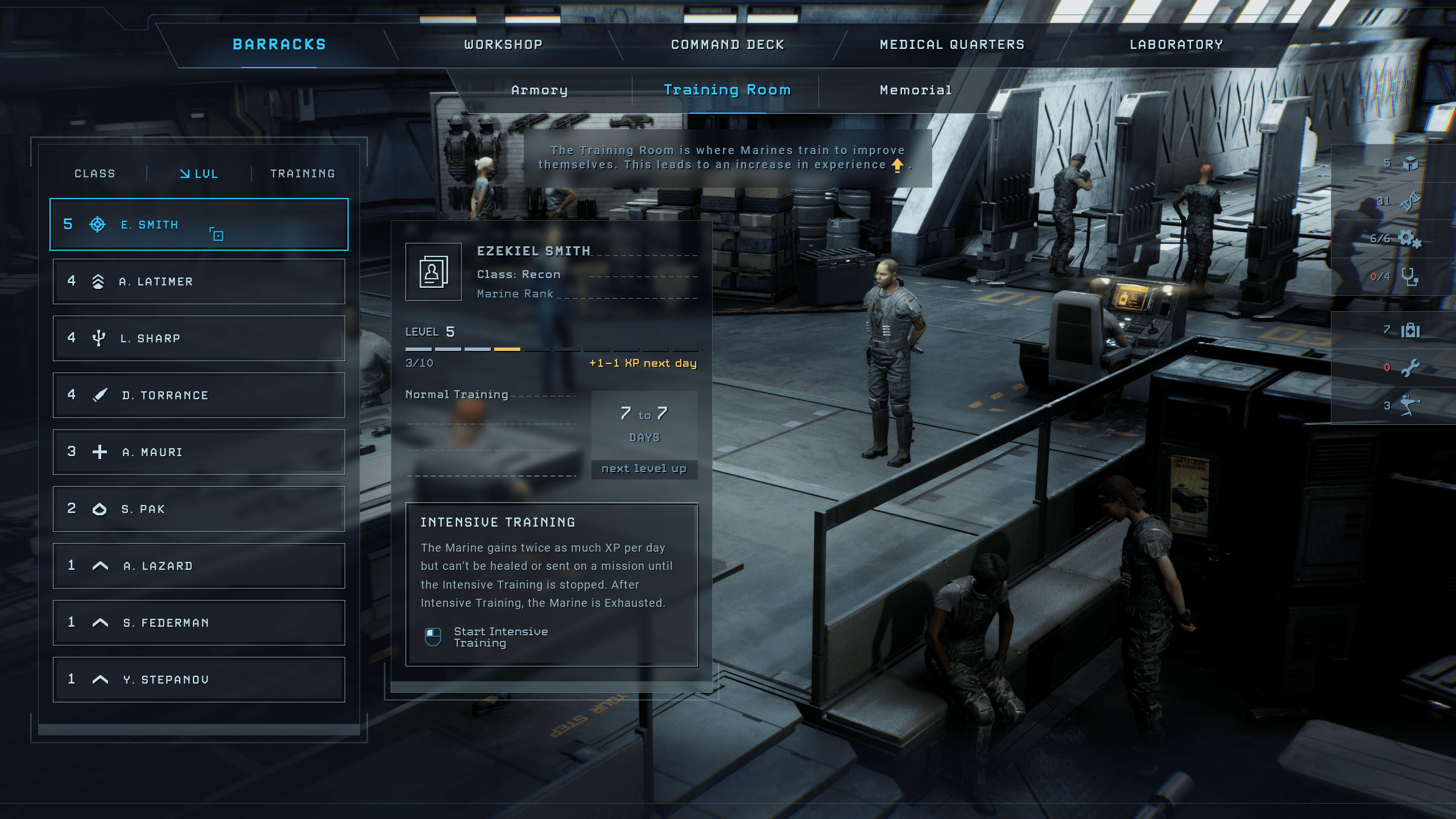
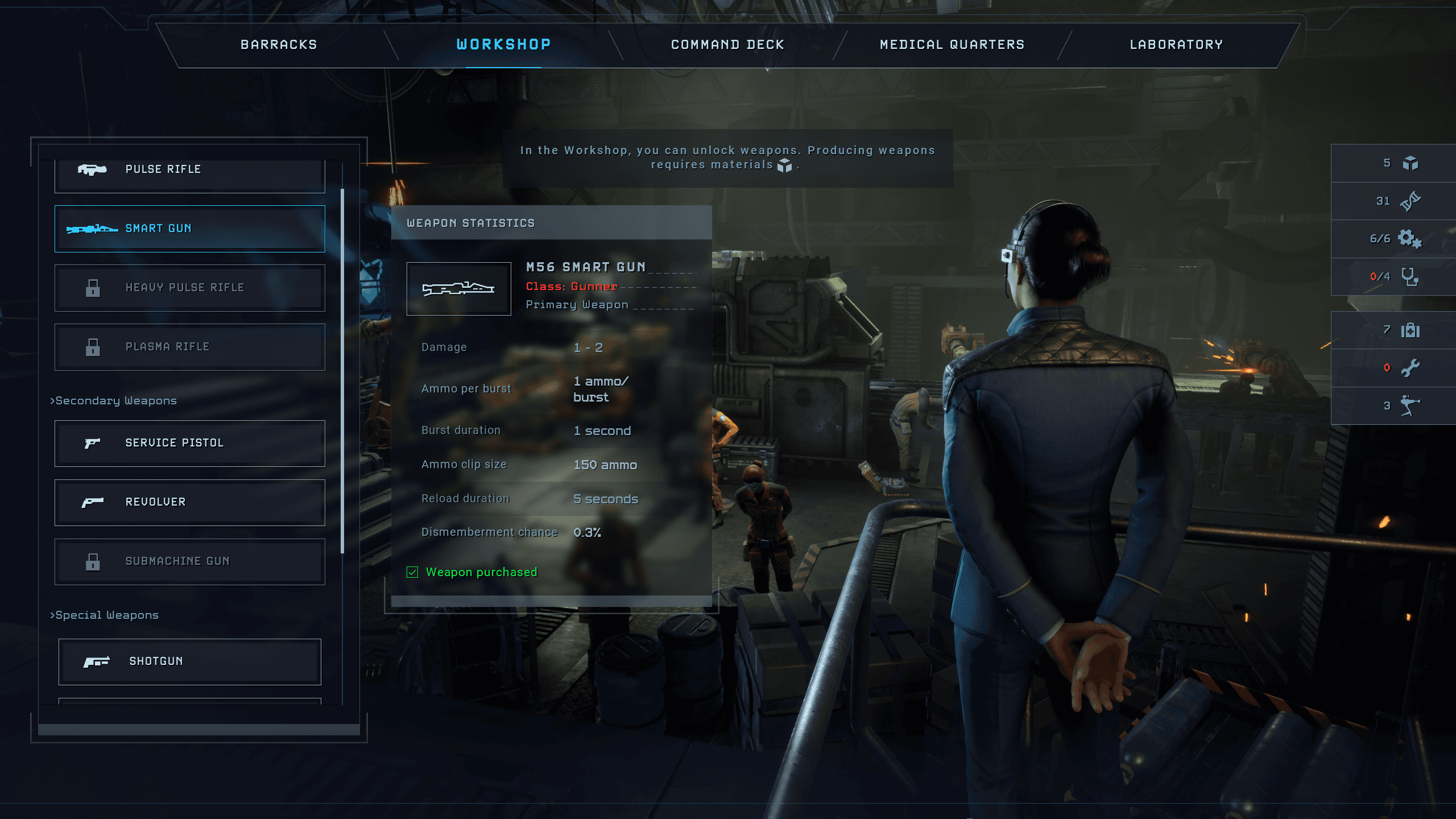
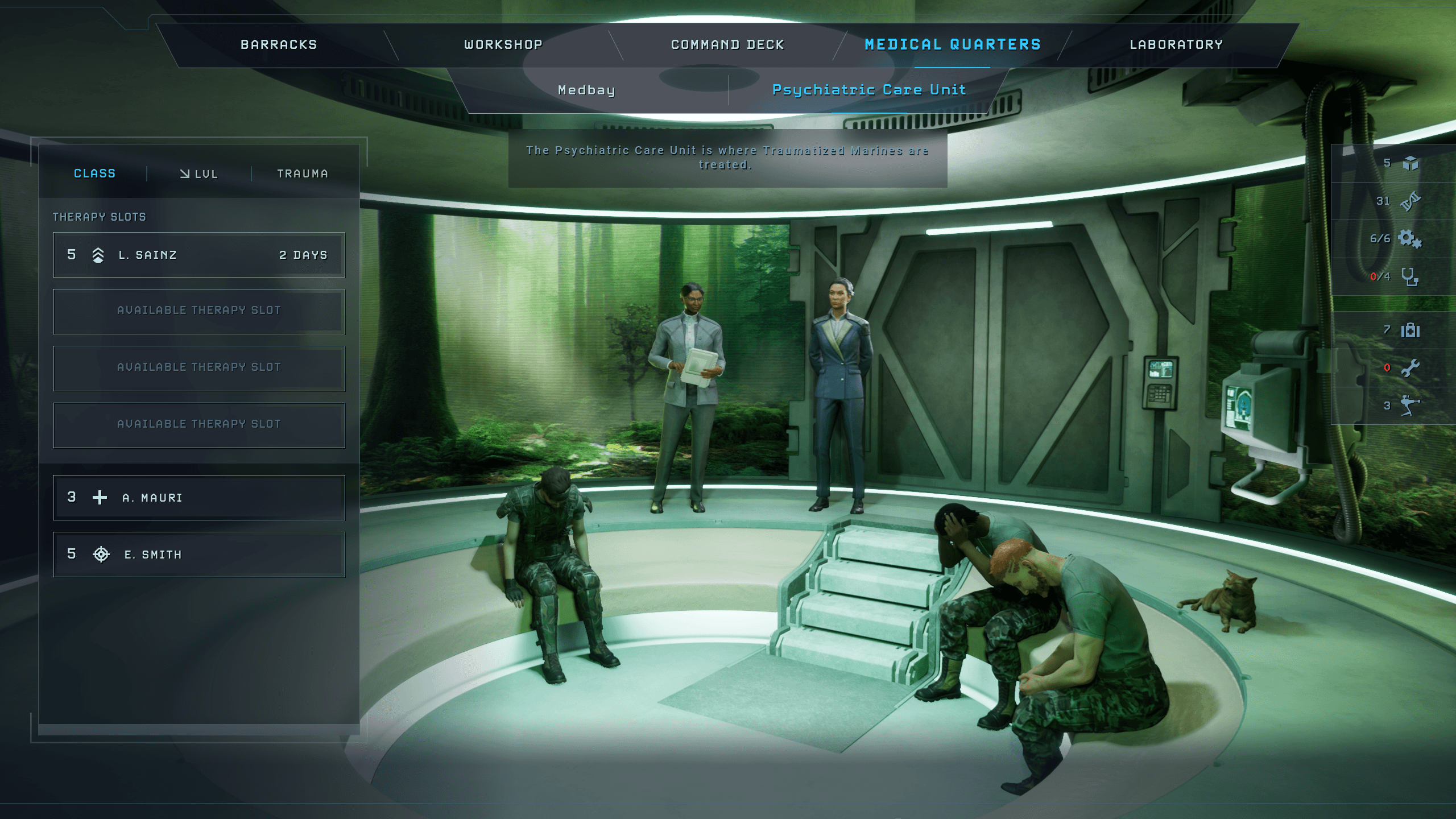

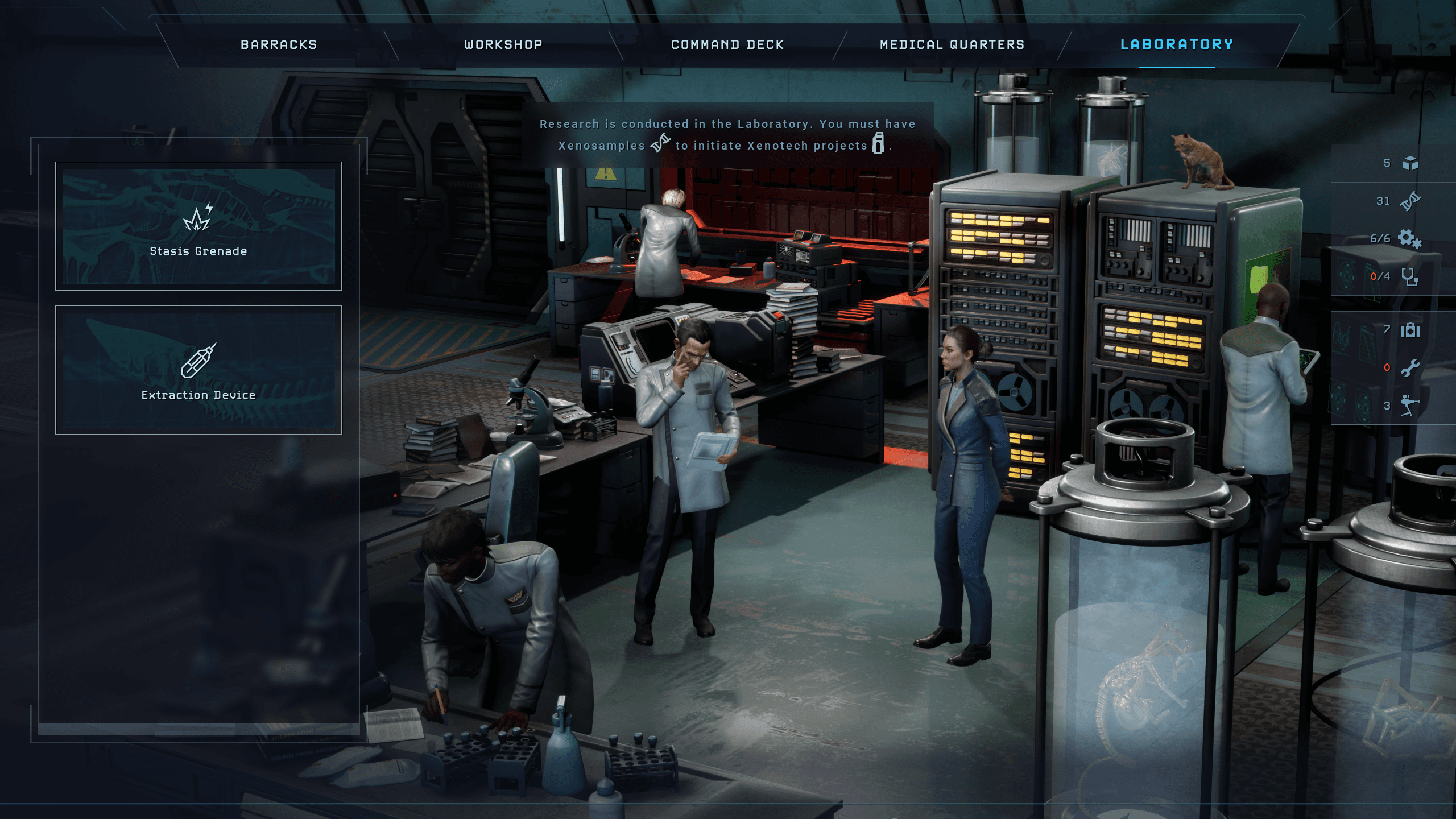

MARINES, READY FOR ACTION
Back on the Command Deck it’s time to deploy your squad of marines. Aliens: Dark Descent is more-or-less a linear experience so you’ll only have one active mission at a time, but you can choose to return to previous locations if you want to try and 100% each map. Each area is a sprawling maze with all manner of buildings, alleyways, and caves to traverse. The map’s size is part of what makes the experience so great as you need to constantly move from one end to the other as you complete a series of primary objectives. We’re not talking one or two either, the first map has over a dozen that you have to complete, but don’t let that be a deterrent. You can extract at any point during the mission, return to the Otago, regroup and try again.
Where Aliens: Dark Descent really diverges from games like XCOM is in the moment-to-moment gameplay which is absolutely the star of the experience. Much like an Aliens movie you’re never truly safe and you’ll need to keep your head on a swivel at all times if you hope to contend with the looming threats. You’ll move your marines as a single unit. There’s nothing to micro-manage as you can’t individually control your soldiers. At first, I was a little annoyed by this, but over time I came to appreciate the simplicity of the action, especially as the fighting ramped up.
Your marines are equipped with a rather forgiving radar system that lets you know when threats are around. Sometimes you can take the action to your enemies, other times the enemies take the action to you, and once you’re detected you’ll become hunted. This means enemies will actively track your squad down until the timer runs out. It’s a great way to keep pressure on your team and I quickly learned that the faster you move through a mission the easier they are to complete.
Even still the anxiety of creeping down narrow hallways and turning blind corners can’t be understated and even after a dozen hours with the game it still kept me on the edge of my seat. The threat of a runner rushing you in a matter of seconds is always a real threat, and that keeps things interesting.
The action all happens in real-time and that’s really something I had never experienced in this type of game. But then again, I’ve never personally played another squad-based game that wasn’t turn-based, so this really was an entirely new experience for me.
The threat of a runner rushing you in a matter of seconds is always a real threat, and that keeps things interesting.
What I really love was, what I can only call, the game’s signature system, a tactical slow-mo that allows you to issue commands to your marines without the real-time pressure of trying to counter a swarm of Xenos. It’s here where you can unleash special abilities, such as the shotgun blast and grenade launcher, and without this system I can confidently say I wouldn’t have made it past the first mission. It’s a game changer and something I really enjoyed mastering as I learned to tackle increasingly challenging obstacles. There’s a lot that factors into this system like the weapons your marines have equipped, their existing trauma levels, and it all comes to a head as you make use of a limited number of command points which dictate how many special abilities you can use. This is your special ability currency and while it regenerates over time it’s crucial to understand when and where to use command points because it often means the difference between life and death.

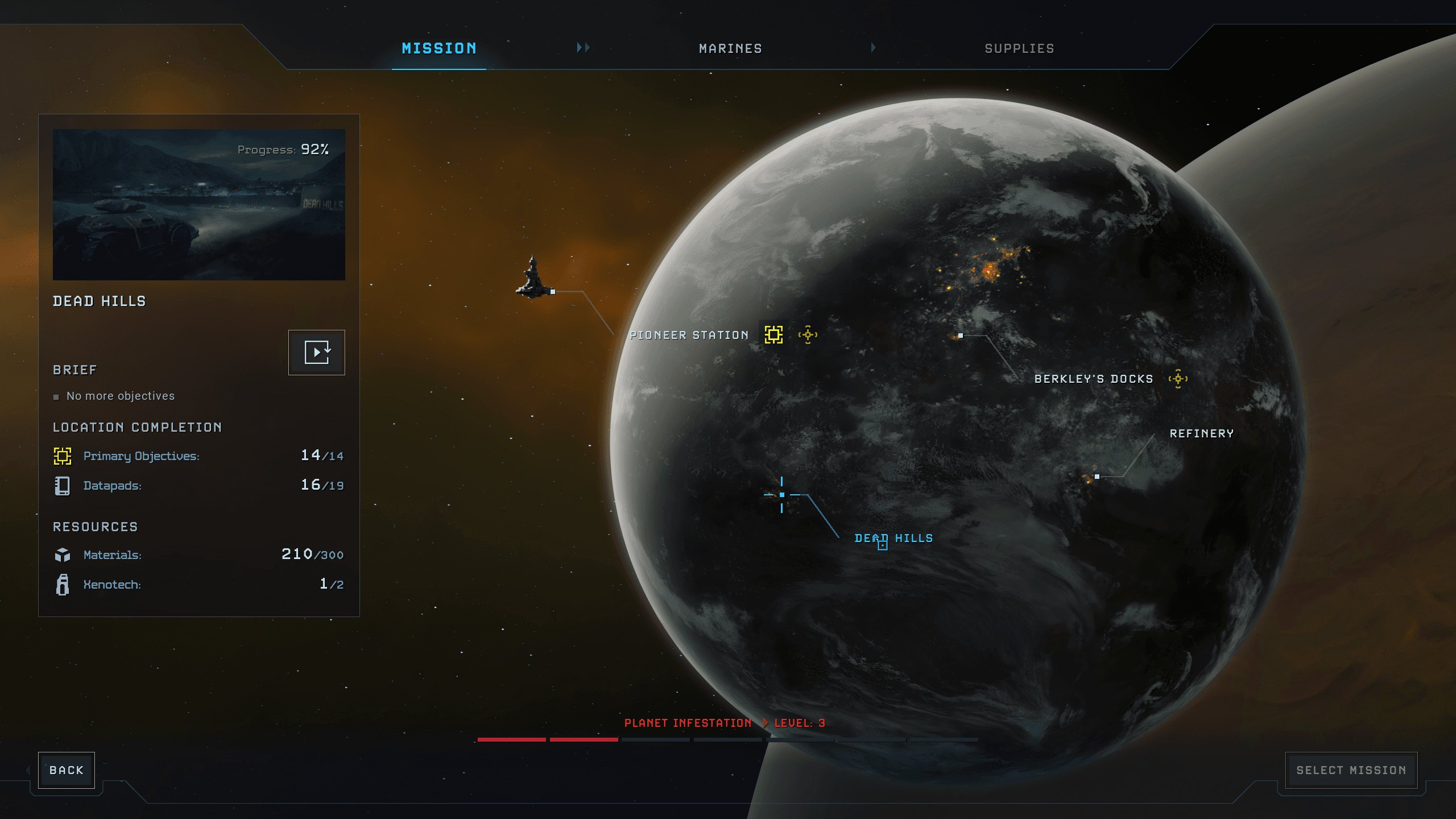
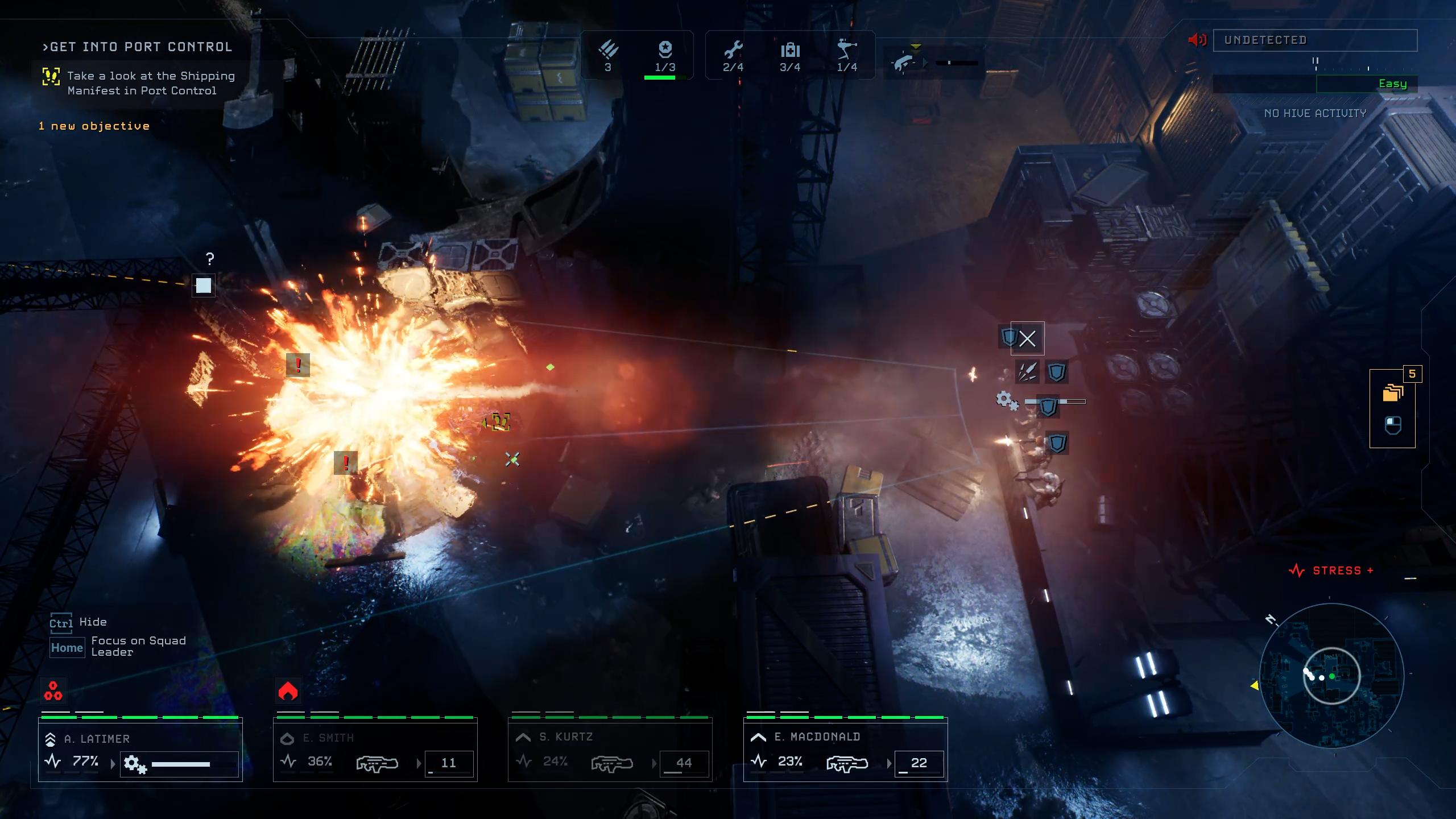
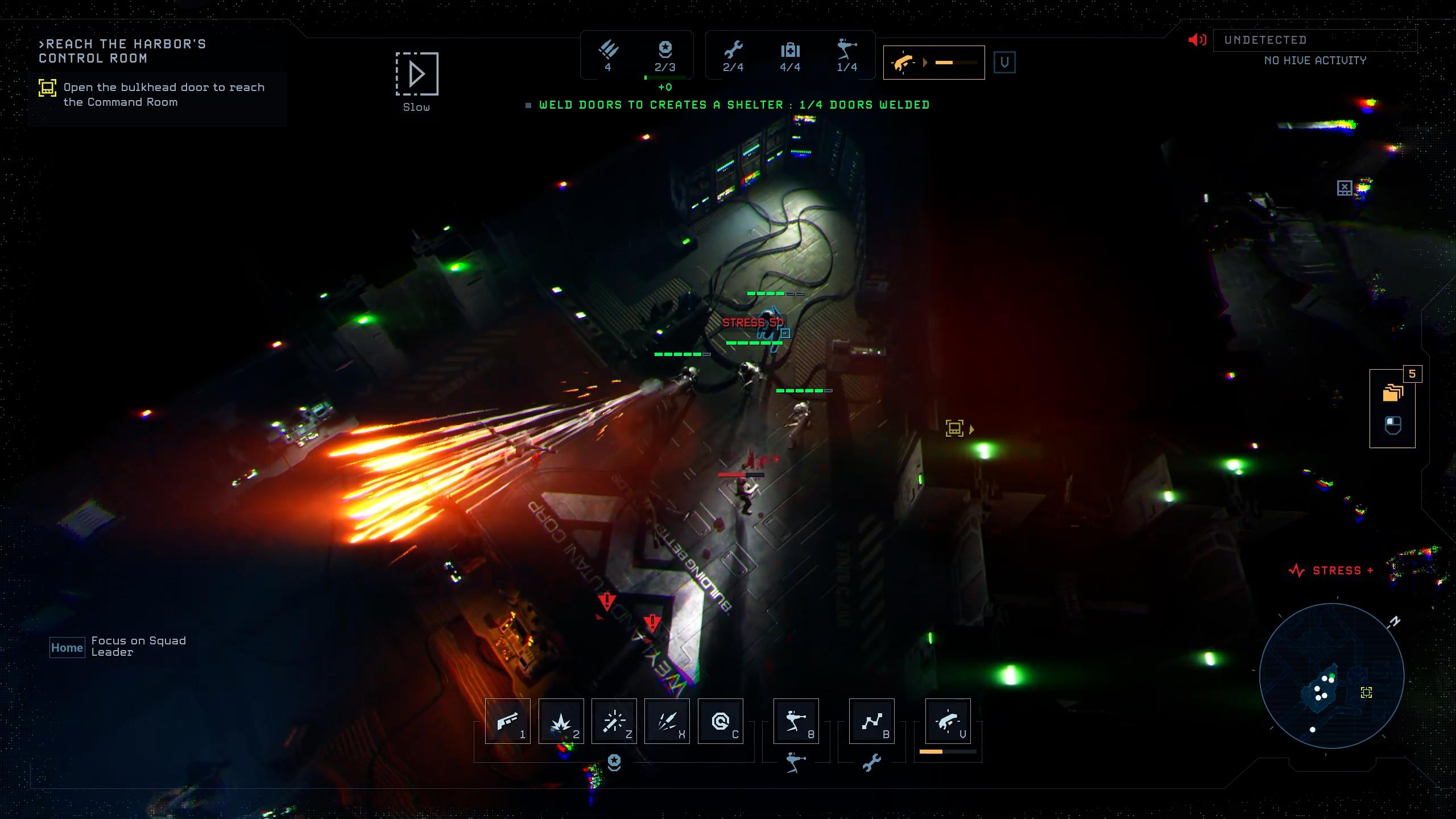
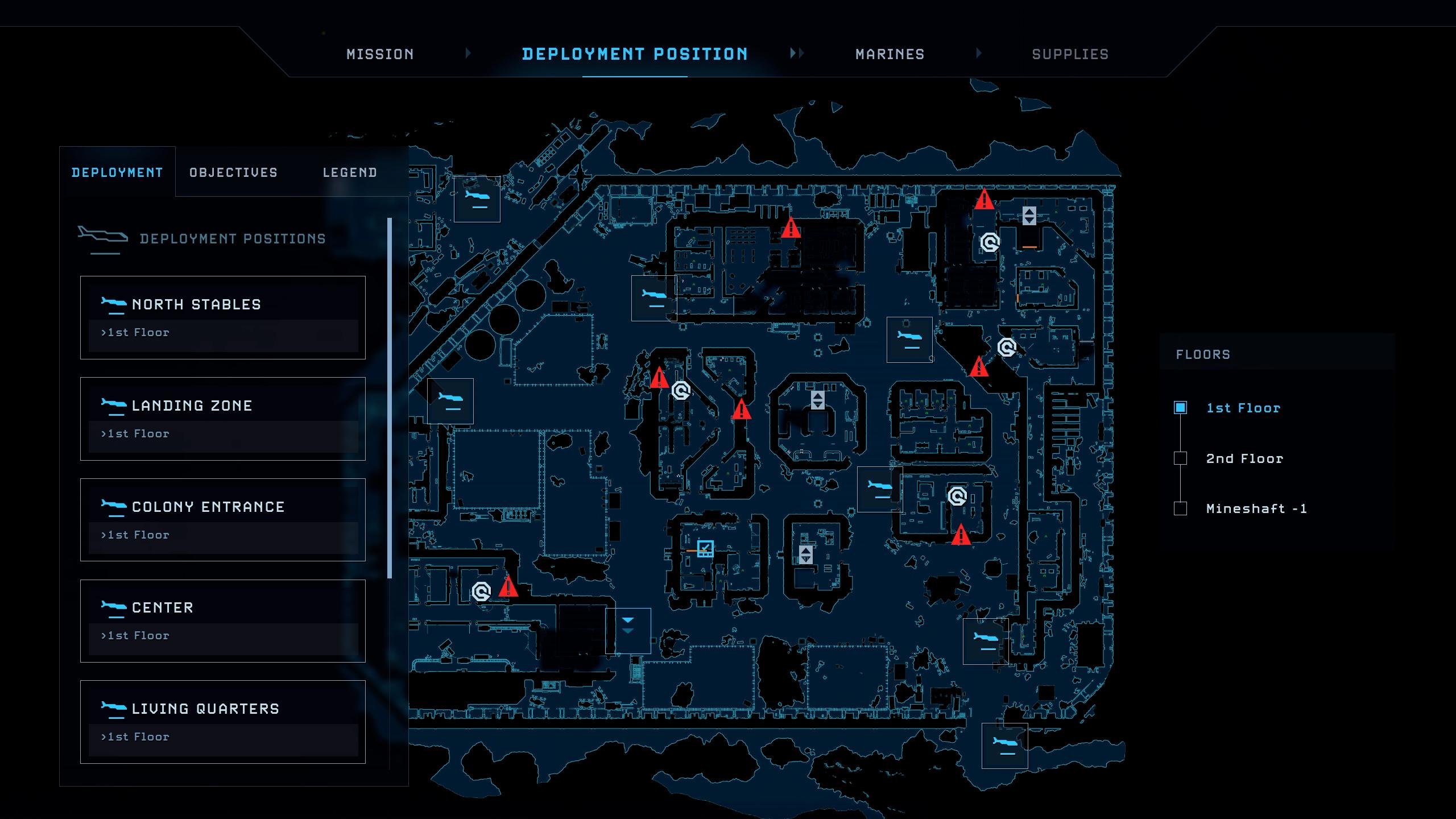
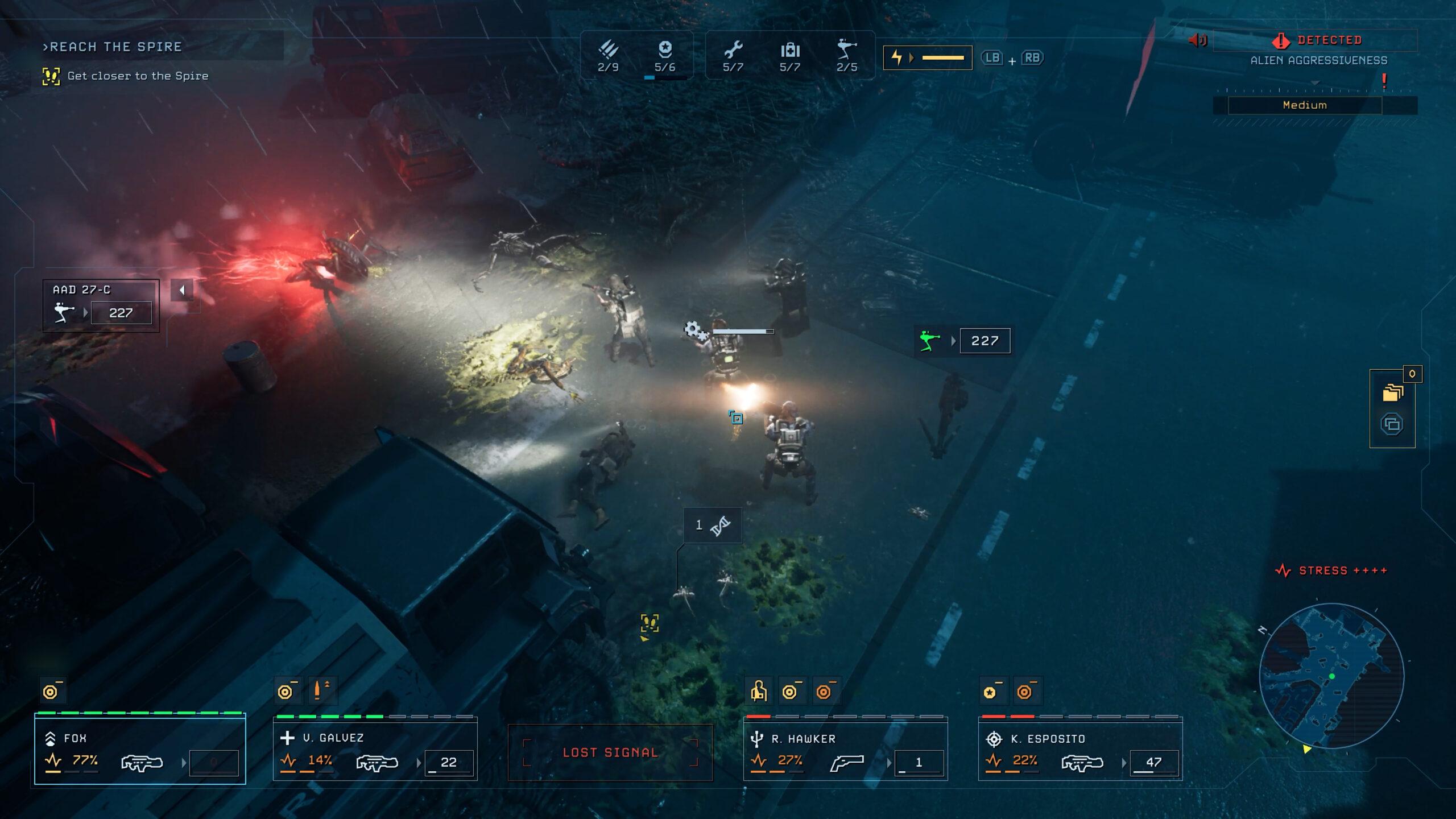
Once you have a firm understanding of the action the game becomes that much more enjoyable as you move from building to building, clearing objectives, looting crates, and gaining experience for your squad. The goal is obviously to beat the mission, but it’s also to extract with more resources than you came with, and a full squad that’s now stronger and more versatile than before. Much like XCOM or Darkest Dungeon when you lose a soldier that’s it, they’re gone and while there are some fun mechanics like Xeno’s abducting your marines that give you the opportunity to save them, it’s added pressure to maintain a full squad without ever losing a single soldier. Depending on the difficulty you choose at the beginning of the game, your experience is going to be vastly different, but for the record I chose to play and review the game on the ‘hard’ difficulty which I always find to be a good barometer for a game as a whole.
CONCLUSION
Alright so here’s the deal. This is a good freakin’ game. It’s challenging, engaging, and enjoyable whether you’re an Aliens fan or not. Is it a cinematic marvel of narrative and storytelling, absolutely not, but do you feel like you’re playing an Aliens game from the second you fire it up? You bet your ass marine. Aliens: Dark Descent is the game that cemented my Aliens fandom, and that’s after creating dozens of videos and spending hundreds of hours playing other Aliens games. It’s an interesting take on the Aliens experience that caters to an entirely different genre than the series is used to and I, for one, find that to be fascinating, but it helps that the game is damn fun too.
